Mars Science Laboratory mission is part of NASA\’s Mars Exploration Program, a long-term effort of robotic exploration of the red planet. Curiosity rover was designed to assess whether Mars ever had an environment able to support small life forms called microbes. This robotic rover exploring Gale Crater on Mars. MSL rover, Curiosity, landed on Mars and began operations on August 6, 2012. The rover\’s primary mission runs for about one Mars year, through June 25, 2014.
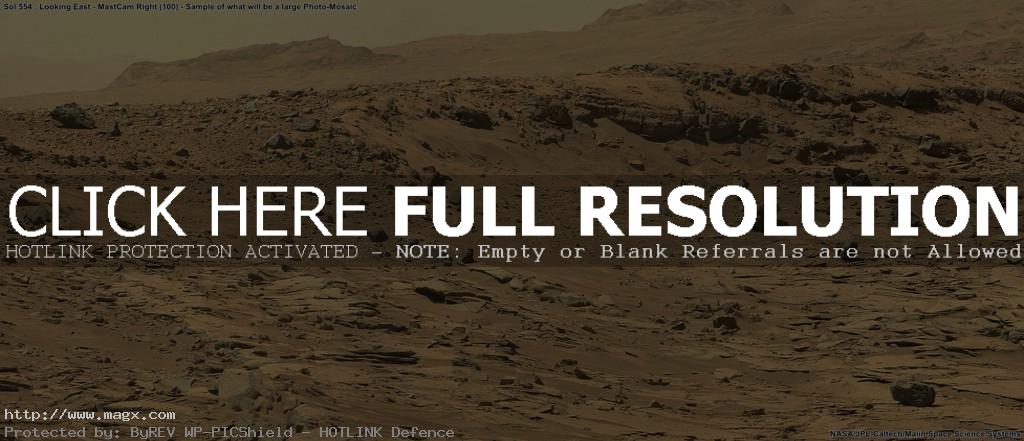
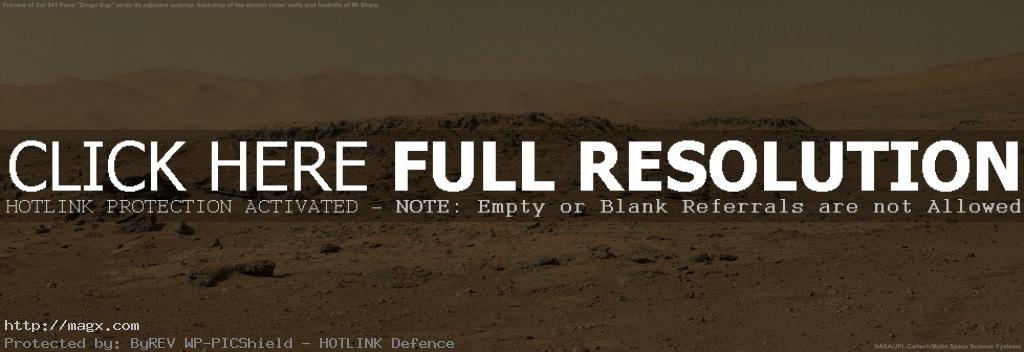

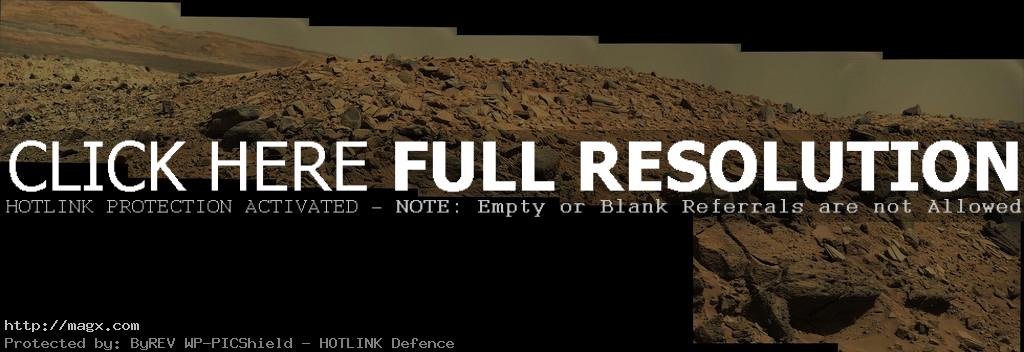

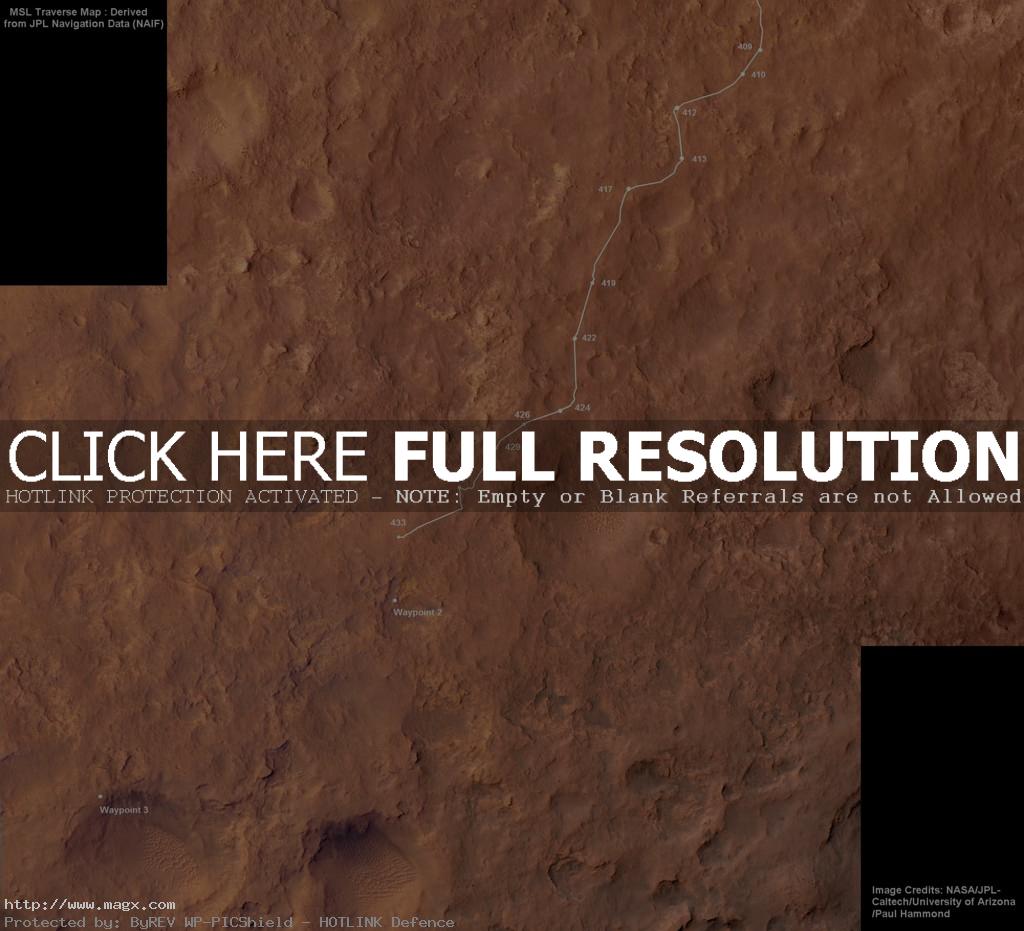
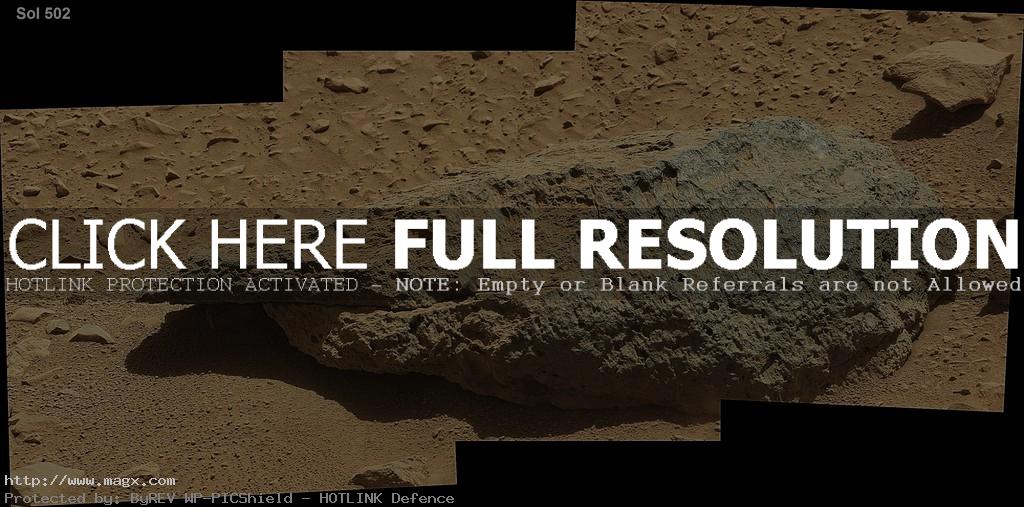

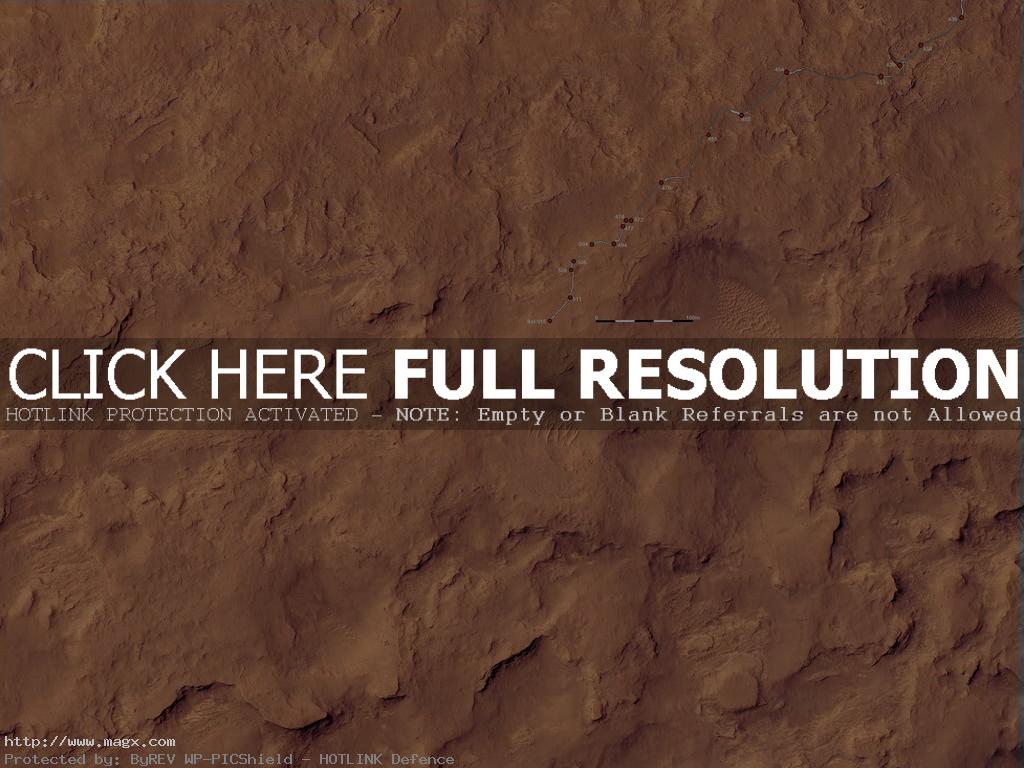
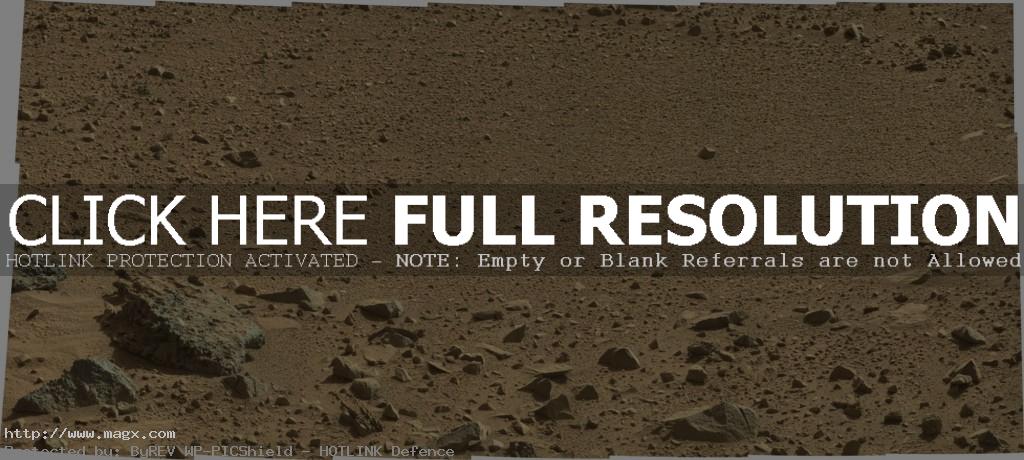
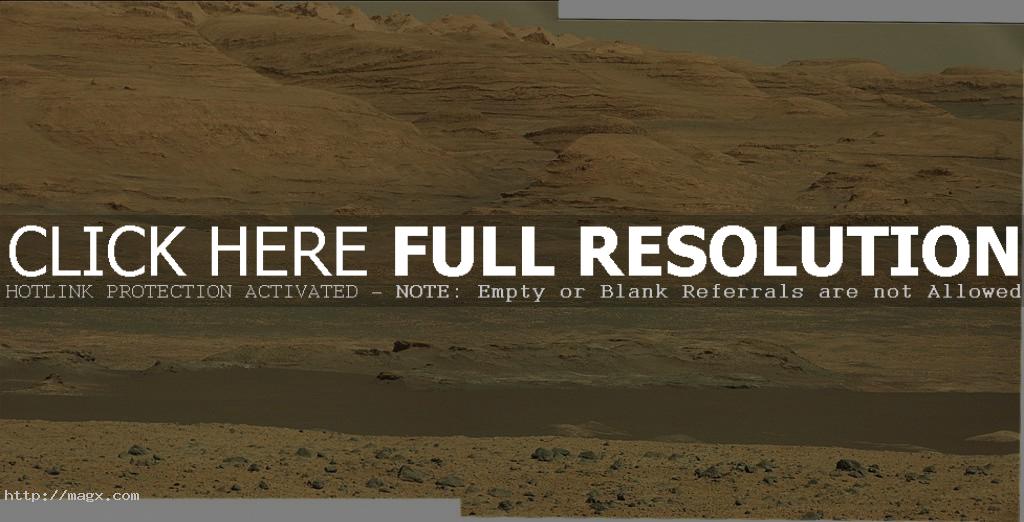
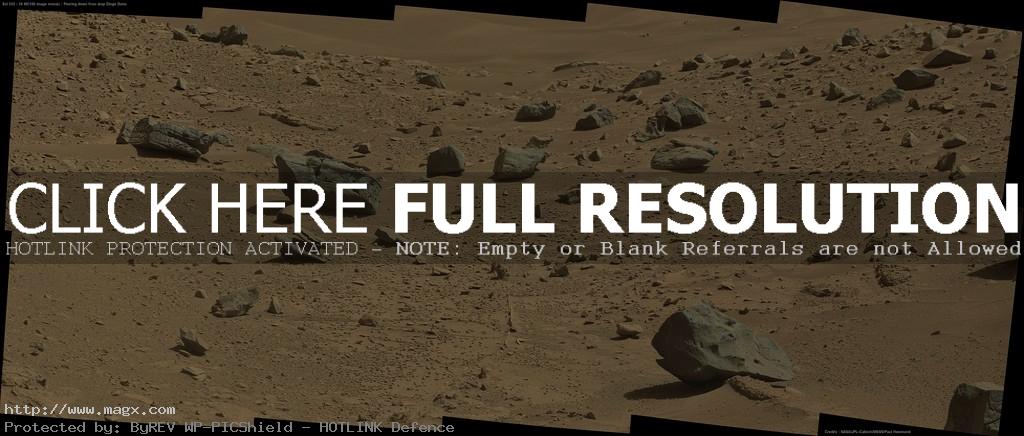

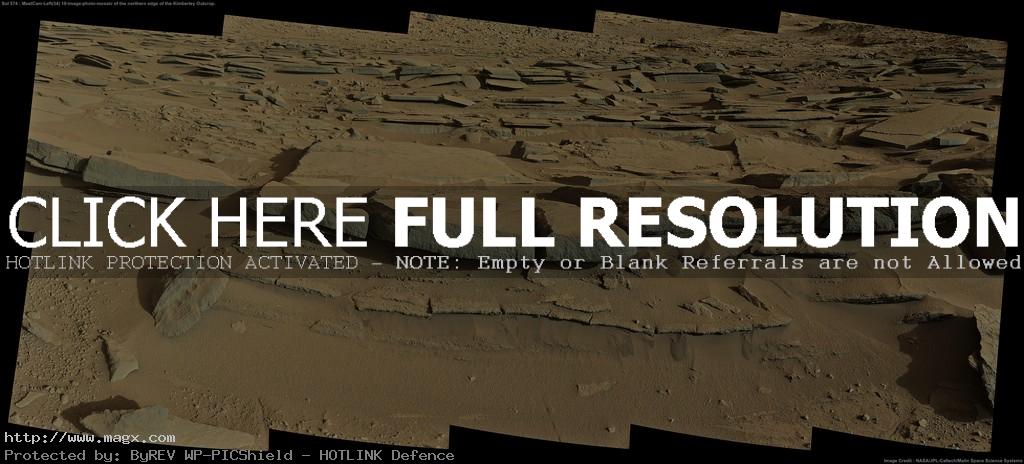

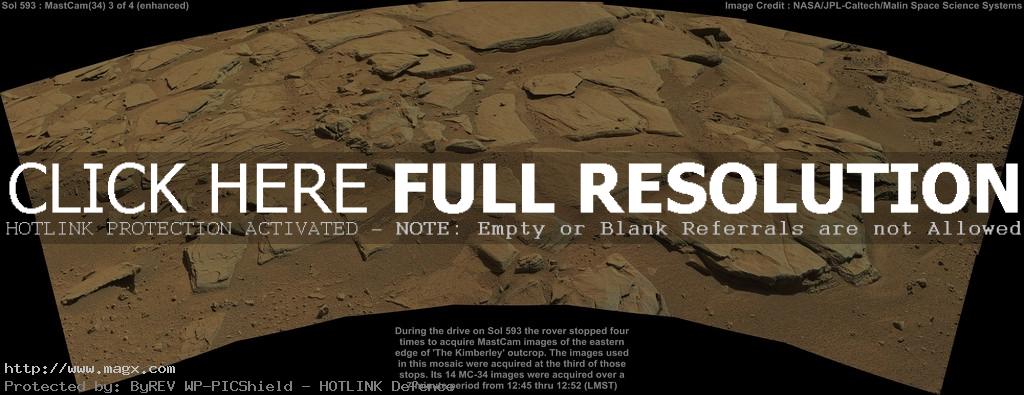
credit: NASA credit: Paul Hammond
Solar System includes the Sun together with the eight planets and their moons, the dwarf planets (Eris, Pluto, and Ceres), the asteroids, comets and other celestial bodies that orbit the sun. Pluto, known as the 9th planet, it is no longer recognised as one of the planets in the solar system. The four planets closest to the sun, Mercury, Venus, Earth, and Mars, are called the terrestrial planets because they have solid rocky surfaces. The four large planets beyond the orbit of Mars, Jupiter, Saturn, Uranus, and Neptune, are called the gas giants. Solar comes from a Latin word SOL meaning sun. The solar system was formed about 4.6 billion years ago.

credit: edwardyanquen
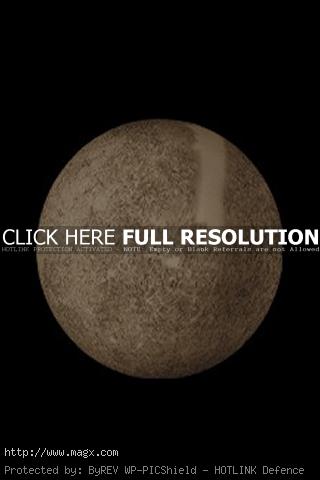
Mercury (Diameter: 4879.4 km)
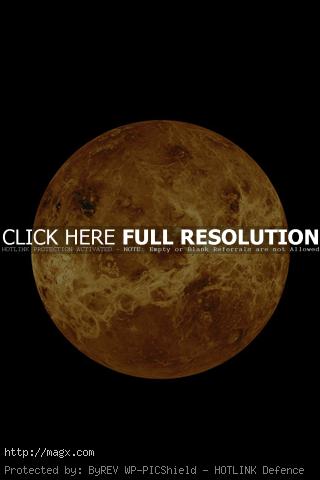
Venus (Diameter: 12103.6 km)
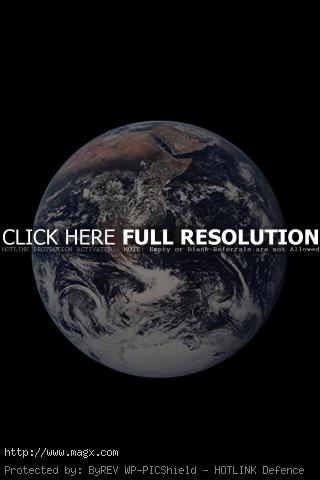
Earth (Diameter: 12742 km)
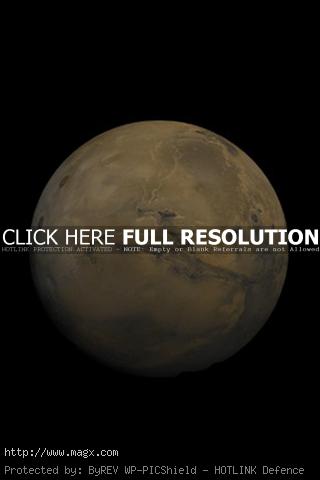
Mars (Diameter: 6779 km)
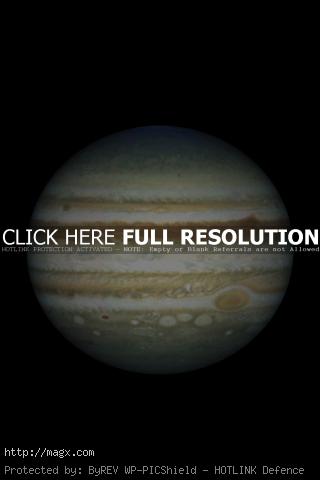
Jupiter (Diameter: 139822 km)
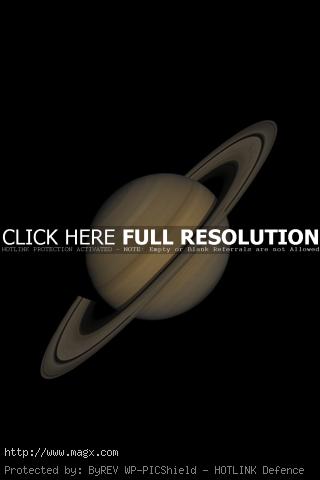
Saturn (Diameter: 116464 km)
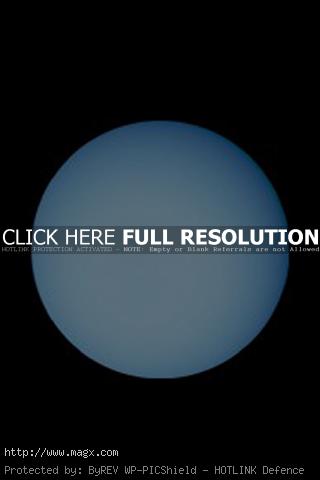
Uranus (Diameter: 50724 km)
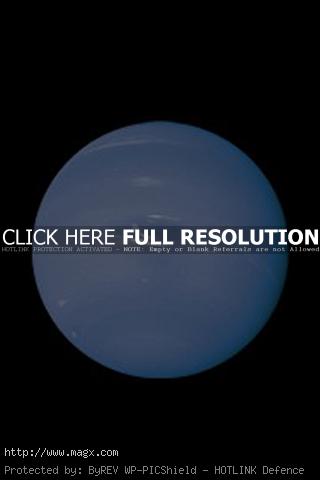
Neptune (Diameter: 49244 km)
credit: chrismeller
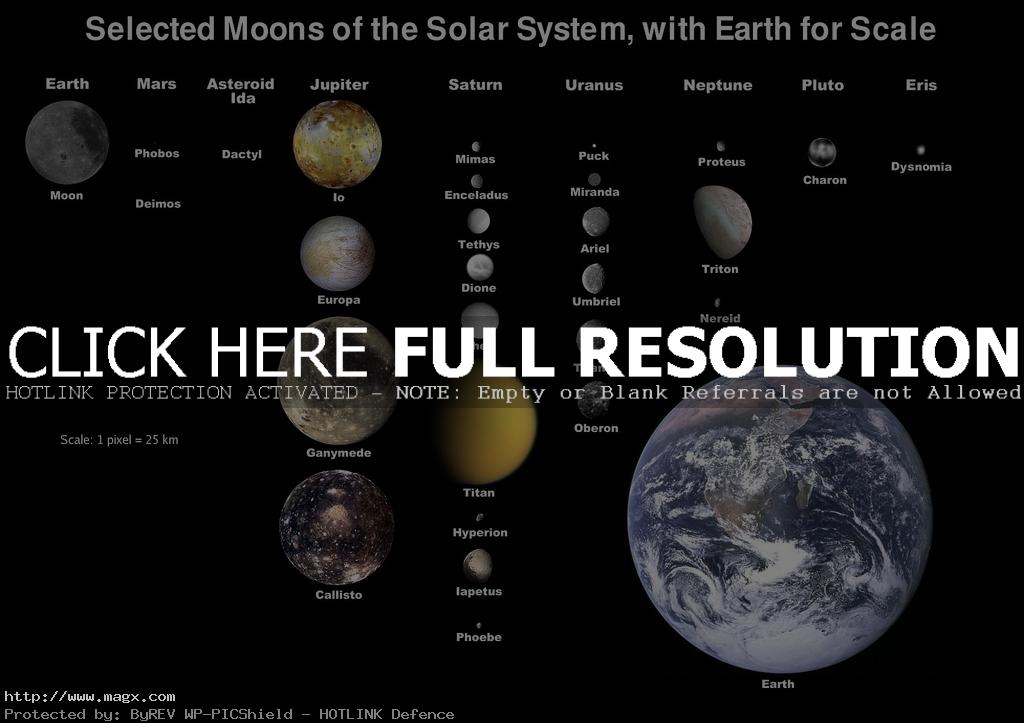
credit: edwardyanquen

















 The USS Blueback at the Oregon M...
The USS Blueback at the Oregon M... Our Solar System
Our Solar System The Photos From Montreals Comicc...
The Photos From Montreals Comicc... Earth from Outer Space
Earth from Outer Space Amazing Toothpicks City Art by S...
Amazing Toothpicks City Art by S... Museum of the Rockies in Bozeman...
Museum of the Rockies in Bozeman... A New Look Kia Optima for Year 2...
A New Look Kia Optima for Year 2... Fish River Canyon – The Se...
Fish River Canyon – The Se...










 New Toyota Yaris HSD Concept
New Toyota Yaris HSD Concept Quant with Nano Flow Cell at Gen...
Quant with Nano Flow Cell at Gen... Hvitserkur – The Sun Turn...
Hvitserkur – The Sun Turn... Great Barrier Reef – Large...
Great Barrier Reef – Large... A Marvel of Architecture –...
A Marvel of Architecture –... Eco House Trends and Plans
Eco House Trends and Plans